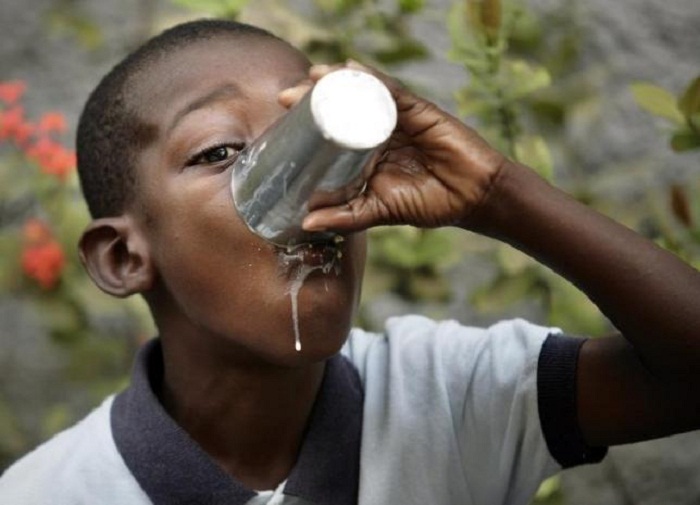“Milk allergy is one of the most frequent food allergies in infants,” Des Roches told Reuters Health by email.
Infants can have formula instead, and older children may have soy milk, rice milk or almond milk, but these may be less nutritive, she said.
“For all children with milk allergy, a consultation with a nutritionist is always a good thing,” she said.
Between 2011 and 2014, the researchers compared 52 kids with cow’s milk allergies around age seven years with 29 similar kids who had other food allergies. They measured the kids’ total body composition, blood levels of vitamin D and lumbar spine bone mineral density and used dietary questionnaires to assess dietary calcium and vitamin D intake.
More than 60 percent of kids with cow’s milk allergy did not meet recommended daily allowances of dietary calcium, compared to 25 percent of kids with other food allergies. Less than 15 percent of both groups met recommended daily allowances for vitamin D intake.
Kids with cow’s milk allergy had lower bone mineral density than others, and 6 percent had low bone mass, while none of the kids in the comparison group had low bone mass, according to the results in Pediatrics.
“The important message is that these children should be followed preventively to be sure that they take sufficient calcium and vitamin D to have strong bones and avoid bone problems,” Des Roches said. “Otherwise, these kids are in very good health.”
Less than half of kids with cow’s milk allergy were taking calcium and vitamin D supplements.
Low lumbar spine bone mineral density is tied to higher fracture risk for kids, said Tania Winzenberg of the Menzies Institute for Medical Research and School of Medicine at the University of Tasmania in Australia who was not part of the new study.
“Overall, the results are not surprising – as the authors indicate removing dairy from the diet has impacts on nutritional factors other than calcium and vitamin D and previous research has shown that milk avoidance is associated with lower bone mineral density in prepubertal children,” she said.
Some dairy milk replacements, such as soy, are supplemented with calcium, and tofu, fish, nuts and some vegetables can be good sources of extra calcium too, she said.
“To maximize bone health generally, fruit and vegetable intake is likely to be important, and participation in weight bearing physical activity and sports is also important,” Winzenberg told Reuters Health by email.
For both groups of kids in this study, “having multiple food allergies was very common, and these were attendees at an allergy clinic, suggesting that these particular results cannot be assumed to hold in children with simple and/or less severe cow’s milk allergy,” she said.
“Children with cow’s milk allergy are not less healthy than others per se, but in this sample they had lower calcium intake and lower bone mineral densities,” said Dr. Matthew Greenhawt of the allergy section at Children`s Hospital Colorado in Aurora, who was not part of the new study.
“This is a very realistic risk for such kids and one that primary care physicians and allergists need to be aware of when managing such patients,” Greenhawt told.
More about:
















































